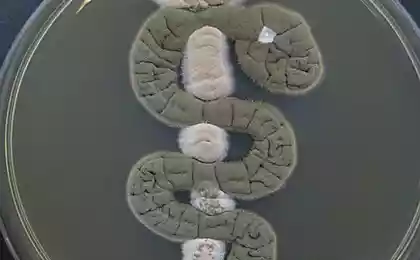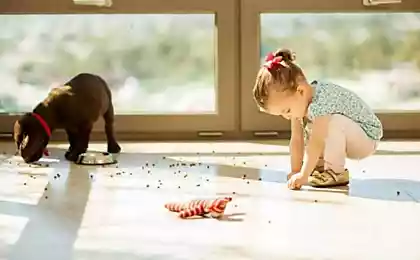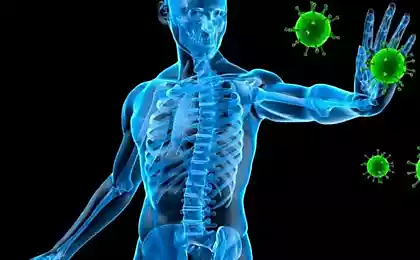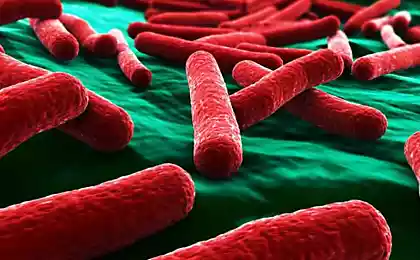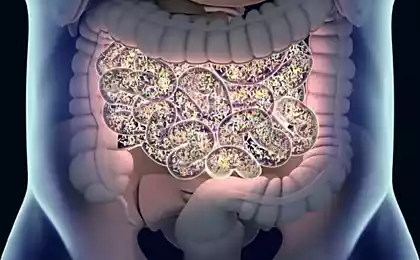505
Five second rule still not working
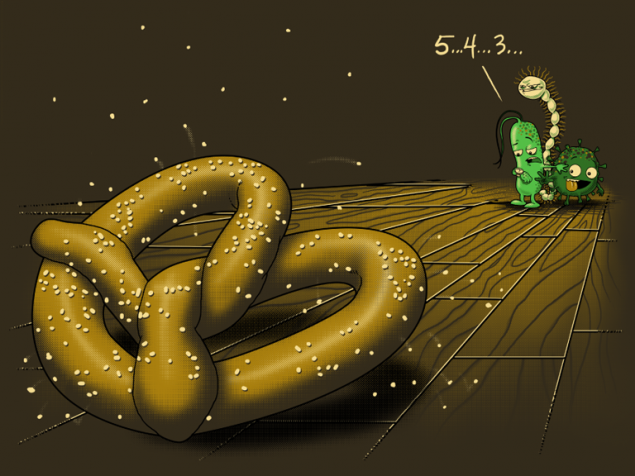
The saying "Quickly raised the fallen is not considered to be" in one form or another is known to all. We are talking about the so-called "five second rule". Some people believe that if some product fell on the floor, if you pick it up within five seconds, this product remains suitable for consumption. It is alleged that harmful microorganisms simply do not have time to move to food.
In 2003, Jillian Clarke, Intern, University of Illinois, decided to test whether it is or not. Under the control of his supervisor Clark spent quite a large-scale scientific research. The Intern selected samples from the floors on campus. Were examined, the laboratory, dormitory, cafeteria.
After the samples studied under the microscope, it was found that significant amounts of bacteria in the source material just yet. Therefore, it was concluded that the dry and relatively clean floor is a minor source of harmful bacteria.
Clark spent the second part of the experiment, by placing a culture of Escherichia coli on smooth and rough tiles for flooring. These same samples were placed pieces of food. After examining the food samples it was found that all E. coli is present in significant quantities. In other words, Clark has shown that the "five second rule" does not work. Time did not play the special role of bacteria in sufficient quantity for human disease, appeared on the food in a second or two after the fall.
Interestingly, in their research, the Intern conducted the survey which showed that 70% of women and 56% of men know about the "rule". Many respondents almost her whole life this rule follow when deciding what to do about dropped to the floor food.
A little later a number of experiments in the framework of the "five second rule" was held and "Mythbusters". The results of these experiments confirmed the results obtained by Clark.
All this, of course, interesting, but the problem in the above experiments is that they were not professional scientists, and Amateurs.
Now down to business I decided to take scientists from Rutgers University. Rutgers University is a public research University, the largest higher education institution in the state of new Jersey. The head of the study was Donald Shaffner [Donald Schaffner], Professor specialist in nutrition. The results are already published in the authoritative edition of Applied and Environmental Microbiology.
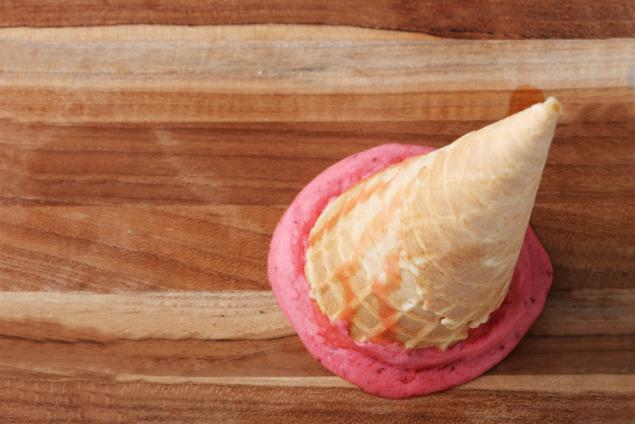
"Popular statement, called "five second rule", which States that quickly lifted from the floor the product is not injurious to health, does not correspond to the real situation", — said Shaffner. The scientist said that he and the team decided to seriously address this issue, in addition to the problem is far-fetched or stupid. "We decided to use a serious scientific Arsenal," — said the head of research.
In the course of their work, the researchers tested four types of surfaces, including stainless steel, ceramic coating, wood and carpet. These surfaces were alternately placed foods such as watermelon, bread, sandwich with butter, chewy candy. These products were left on the surface at different times. Is 1, 5, 30 and 300 seconds. Before you put the product on any surfaces, specialists were placed on the surface of a culture of the bacterium Enterobacter aerogenes. It is a close relative of Salmonella. Before you place the product, the scientists waited until the test surface is dry. Was just tested 128 situations with the "fall" of a specific product for a specific surface. Each situation was tested 20 times. The total number of measurements conducted by scientists 2560.
As it turned out, most of the bacteria after the "fall" was on a piece of watermelon. Chew received the lowest level of infection by the bacterium. However, the candy no one chewed, it was put on the surface in its original form, without wrappers. "The transition of bacteria from the surface to the surface is faster in a moist environment," says Shaffner. "Bacteria have no legs but they can move through liquid. And most of all get bacteria foods with high water content... of Course, most of the bacteria is on the samples that have been on your surface for the longest time".
An interesting result shown by the test of infection of food on the carpet. As it turned out, the carpet is the safest of all types of surface, despite our attitude to the carpets. "Structure and surface of the food product plays an important role in the transition of bacteria from one surface to another," says Shaffner.
Overall, the study showed that "five second rule" doesn't work in most cases. Some types of surfaces and products are unfavorable for the transfer of bacteria when falling product. But 5 seconds is neither here nor there.
"Five second rule" is a considerable simplification of what happens in reality in the transition of bacteria from the surface for food. Bacteria can contaminate food almost immediately," — said the participants of the study.
Presumably, if fell on the floor buttered ice cream or with butter (butter side down, as usual), here to do nothing – to choose all that undesirable if you do not want to get infected with E. coli or other bacteria. Sticky and wet products – something that is not worth a pick up. But something like biscuits, plain bread, dry sausages, etc you can find. But then again, not all types of surfaces safe. Picking up the fallen food is like a lottery. Never know gets sick or everything will cost. The prize, of course, questionable.
Source: geektimes.ru/post/280306/
